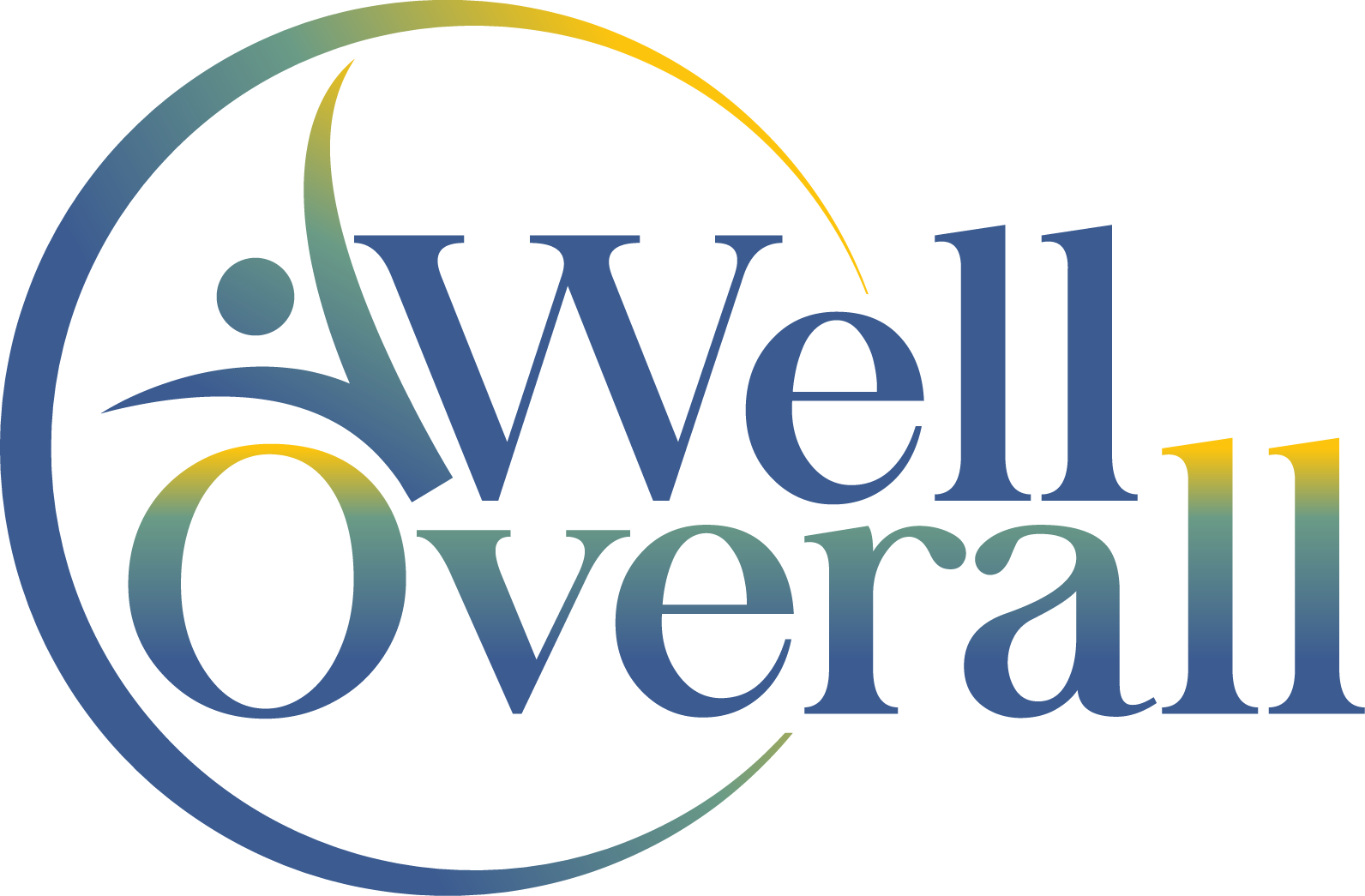“Illnesses do not come upon us out of the blue. They are developed from small daily sins against Nature. When enough sins have accumulated, illnesses will suddenly appear.”
Hippocrates
The statistics are sobering: Life expectancy in the US has decreased for two years in a row.
Covid-19 was the most prominent cause driving the decline, but not the only one. Other known contributing factors are drug overdoses, heart disease, chronic liver disease, and suicides.
The pandemic behind the pandemic is what the World Health Organization refers to as non-communicable diseases (NCDs): cardiovascular diseases, cancer, diabetes, and chronic respiratory diseases. As well as increasing the morbidity and mortality of Covid-19, these diseases and mental health cause three-fourths of all deaths worldwide.
The good news is that we can address and prevent most risk factors that lead to NCDs: tobacco use, poor diet, lack of physical activity, substance abuse, and air pollution. The bad news is that we already know this, we’ve known this for a long time, and it doesn’t seem to be getting any better.
“It has become appallingly obvious that our technology has exceeded our humanity.”
Albert Einstein
Sixty percent of American adults live with at least one chronic disease.
Where is all that money going? Pharmaceuticals are the first thing that comes to mind — in 2019, the US spent $1,126 per person on prescription drugs. We’ve all heard that drug costs are increasing. The availability of drugs is also increasing: according to the FDA, 20,000 prescription products and 621 biologics are approved for marketing.
Modern healthcare is increasingly dependent upon technology. Medical devices, which the WHO defines as “…any instrument, apparatus, implement, machine, appliance, implant, reagent for in vitro use, software, material or other similar or related article, intended by the manufacturer to be used, alone or in combination for a medical purpose,” are ubiquitous in healthcare. The FDA oversees 6,700 product categories of medical devices.
Current and recent healthcare legislation promotes the development and use of electronic health records (EHRs) in hopes of improving patient care with improved access to medical records and test results, improving safety and reducing medical errors, and reducing costs by improving efficiency and reducing paperwork. While there are benefits for both patients and providers in using EHRs, ask any healthcare provider if they believe that the care they provide has improved with the use of the EHR, and you’ll likely hear otherwise.
To summarize — despite the availability of 20,000 prescription drugs, 6,700 different types of medical devices, and the nationwide adoption of EHRs, our life expectancy is decreasing.
What does this tell us? It tells me that our current healthcare system is not doing much to help us improve our health.
Two hundred years ago, you could expect to live only half as long as you do now. Advances in medicine, including the development of antibiotics and vaccines, improved diagnostic technologies, and advanced surgical techniques, have contributed significantly to our ability to live longer and healthier lives. But most increases in longevity can be attributed to improvements in public health. Improvements in housing, sanitation, waste management, water treatment, air quality, food storage, and food inspection eliminated many common causes of death.
So now that we’ve addressed most of the environmental causes of early death and our ability to diagnose and treat disease continues to improve, what’s left to do? I admit that’s a huge question, and while I don’t presume to have the answer, I know where it starts, which is how we think about healthcare.
“No problem can be solved at the level of consciousness that was used to create it.”
Albert Einstein
Addressing unhealthy lifestyle behaviors is the Achilles heel of modern healthcare
We have been dipped in the water of the river of allopathic medicine, able to diagnose a disease before symptoms even occur and treat most illnesses with a procedure or a pill. But what is taking us down are the poison darts of our daily choices and behaviors — what we eat, what we smoke or drink, whether or not we move, and how we handle adversity and stress.
The choices are ours to make, and the behaviors are ours to do or not. But people need help, and they’re not getting it, and that’s what our healthcare system is supposed to do.
There are many facets to this problem. I read and see examples every day. Here are three:
Many physicians don’t recommend plant-based diets to patients with chronic kidney disease, despite the fact this is a well-accepted lifestyle modification. Low patient acceptance was cited as the reason, and while most patients acknowledged the challenges associated with making dietary changes, they also reported that dietary counseling, handouts, and cooking classes would be helpful resources.
Insomnia affects about 20 percent of the population and is known to have a profound effect on health and well-being. First-line treatments, known as the best initial treatments for a condition or disease, are sleep hygiene and cognitive behavioral therapy for insomnia (CBT-I). A summary review in The Lancet, a leading medical journal, acknowledges this but states that due to “inadequate resources,” sleeping pills are more frequently prescribed.
And lastly, when buying a coffee one morning at a major hospital in the Houston medical center, I recently witnessed a young man purchasing two large candy bars, a bag of chips, a package of powdered donuts, and a sugary sports drink. By my conservative estimates, this combination of “food” contained at least 82 grams of sugar (36 grams is the recommended daily allowance for men), 786 milligrams of sodium (about one-third of the RDA), and 940 calories. What these “foods” did not contain: protein, minerals, or vitamins. I wanted to tackle the young man and stage a nutritional intervention there in the hospital’s lobby. I didn’t. But I wondered — why is a prominent healthcare facility selling crap like this anyway?
“Just as food causes chronic disease, it can be the most powerful cure.”
Hippocrates
If we can dream it, we can do it.
What if, during your next annual physical, not only did you see your doctor but also visited with a nutritionist, met with a health coach, had a session with a personal trainer, and participated in a group meditation?
What if your employer got rid of the vending machines, offered a wide variety of healthy options for snacks and meals, and gave you an extra thirty minutes for lunch so that you could walk or do yoga before returning to work?
What if you could go to the grocery store, stock up on fresh fruits and vegetables for the same price as a hamburger combo with fries and a soft drink, and then create a wholesome and delicious plant-based meal for your family?
It will take a village leading this revolution to achieve dreams like these. As a healthcare provider, I’m trying to do my part. We all have a role to play — patients, healthcare providers, businesses, governments, and communities. We need to dream the change and be the change we want to see. Our lives and the lives of our patients depend on it.

